Introduction: The Social Media Crisis
Picture trying to have an intimate conversation with your closest friend while standing in the middle of Times Square. Or imagine shouting sensitive personal information to everyone in a public park. Sounds absurd, right? Yet this is exactly what our current social media platforms expect us to do—interact in spaces that ignore the natural way humans build relationships and share information through gradual levels of trust and intimacy.
Our social media landscape is fundamentally broken because it forces all interactions into a binary choice: completely public or totally private. This architectural flaw fights against our natural ways of forming connections and sharing information, leading to unprecedented social challenges that threaten the fabric of our society. Many have documented the consequences of this broken model:
- According to the most recent surveys by the Anti-Defamation League, "[In 2023] online hate and harassment rose sharply for adults and teens ages 13-17. Among adults, 52% reported being harassed online in their lifetime...Overall, reports of each type of hate and harassment increased by nearly every measure and within almost every demographic group."
- The Wall Street Journal's 2021 expose titled, "Facebook Knows Instagram Is Toxic for Teen Girls, Company Documents Show". Facebook did their own in-depth research and identified a significant teen mental-health issue that they avoid discussing in public.
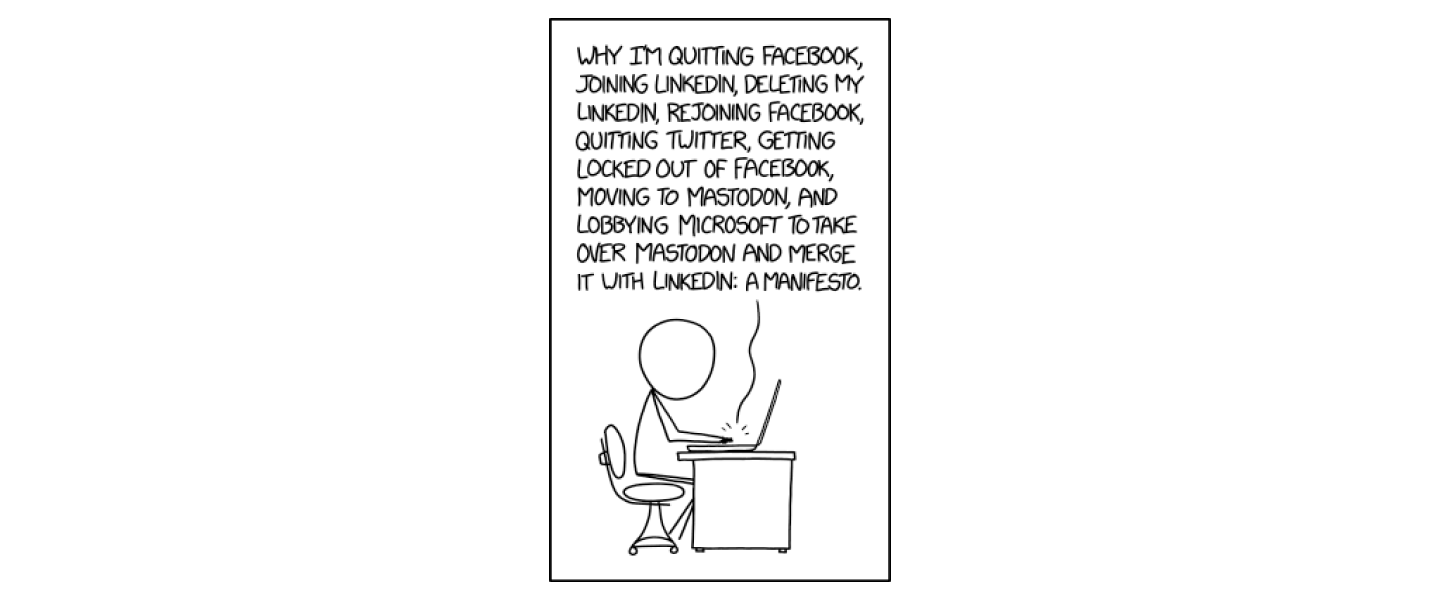
These examples highlight how the lack of natural social boundaries in digital spaces doesn't just create inconvenience—it fundamentally disrupts healthy social behavior and can lead to real harm. Unlike physical spaces where we naturally modulate our behavior and sharing based on context and audience, current social media platforms force us into unnatural and often harmful patterns of interaction.
Current social media platforms aren't providing psychological safety for communities
Reddit's community subreddit model demonstrates the problem perfectly. Consider what happens with support communities:
A subreddit for people dealing with addiction must choose between being:
- Public: Allowing anyone to view and participate, which discourages vulnerable sharing and attracts trolls
- Private: Completely hidden, making it hard for people seeking help to find the community
This binary choice creates what we call the "Community Privacy Paradox," where communities need to be both discoverable and safe—a balance that natural spaces achieve through intimacy gradients but digital spaces currently can't support.
Real-World Comparison: In the physical world, addiction support groups handle this elegantly:
- Their existence is public (listed in directories)
- Meeting locations are semi-public (known but respected)
- Waiting areas provide a buffer zone
- Meeting rooms are private during sessions
- Some discussions happen in even more private breakout spaces
Current Digital Reality: On Reddit, these communities face constant challenges:
- Support groups get brigaded by trolls
- Vulnerable members get harassed via DMs
- Predators join to exploit vulnerable people
- Authentic sharing is chilled by fear of screenshots
- Valuable resources become hidden in private communities
The lack of graduated privacy forces these communities to either compromise safety for accessibility or become so private they can't fulfill their mission of helping those in need.
This example illustrates why we need digital spaces designed with psychological safety in mind—a concept pioneered by Dr. Amy Edmondson, Harvard Business School professor and Socialroots' advisor. Her research shows that proper intimacy gradients are essential for groups to achieve what physical communities do naturally: allowing communities to be both discoverable and secure, just like their real-world counterparts.
The solution to these challenges lies in understanding and implementing intimacy gradients—the natural progression of privacy and social interaction that exists in well-designed physical spaces. By examining how humans naturally organize their relationships and information sharing in the real world, we can rebuild our digital spaces to support rather than disrupt healthy social connections.
Understanding Intimacy Gradients
Intimacy gradients are the natural progression of privacy and social interaction that exists in well-designed physical spaces. They represent how humans naturally organize their social relationships and information sharing.

Real-World Examples of Healthy Intimacy Gradients:
- Urban Design: Consider a typical city street:
- Public street (fully public)
- Sidewalk (semi-public)
- Front yard (semi-private)
- Porch (private-public transition)
- Home interior (private)
- Traditional Japanese Temples:
- Outer gardens (public)
- Inner gardens (semi-public)
- Outer rooms (semi-private)
- Inner sanctum (private)
- Meditation spaces (intimate)
- Modern Office Spaces:
- Reception area (public)
- Open workspace (semi-public)
- Meeting rooms (semi-private)
- Team spaces (private)
- Personal offices (intimate)
The Problem: Digital Spaces Lack Natural Gradients
Current social media platforms are architecturally flawed because they:
- Force binary public/private choices
- Collapse different social contexts into one space
- Prioritize broadcast communication over meaningful interaction
- Lack natural progression of trust and intimacy
- Ignore the group-centric nature of human social organization
The Solution: Socialroots' Revolutionary Architecture
Socialroots has reimagined digital social spaces by incorporating natural intimacy gradients into its core architecture. Here's how:
1. Human-Centered Design
Our platform is built with design input from experts in network structures and teaming best practices, ensuring technology supports rather than disrupts natural human social patterns.
2. Group-First Architecture
Unlike traditional person-centric social networks, Socialroots places groups at the center of its architecture, enabling:
- Natural group-to-group connections
- Autonomous group operation
- Organic network formation
3. Fractal, Multi-Level Connections
Our three-level nesting structure supports:
- Subgroups for intimate collaboration
- Groups for focused work
- Groups of groups for broader coordination
This enables you to own your own group, all of it's data and control who sees what – while also being able to be connected to a broader network of aligned groups in a network. Enabling both organic discoverability (not becoming siloed) and appropriate context-specific communication with a curated community of peers.
4. Natural Intimacy Gradients
Our permission structure mirrors real-world trust development:
- Default settings based on Ostrom and Prosocial best practices
- Customizable community standards
- Context-appropriate sharing options
5. Sociotechnical Integration
We recognize that technology is just one part of the solution. We support:
- Built-in learning resources for effective collaboration
- Support for both digital and in-person interaction
- Tools for developing citizenship and teaming skills
Practical Applications
Here's how organizations may use Socialroots' intimacy gradients:
- Climate Action Networks:
- Private strategy sessions in subgroups
- Coordination across related groups in cross-subgroup group notes
- Public information sharing at the group-of-groups level
- Community Organizations:
- Neighborhood-level private discussions in groups
- City-wide initiative coordination across groups
- Regional resource sharing to networks of groups
- Non-profit coalitions:
- Internal organization strategic planning subgroups
- Group-level whole-organization discussions
- Cross-organization coalition level shared policy positions, press releases and public resources
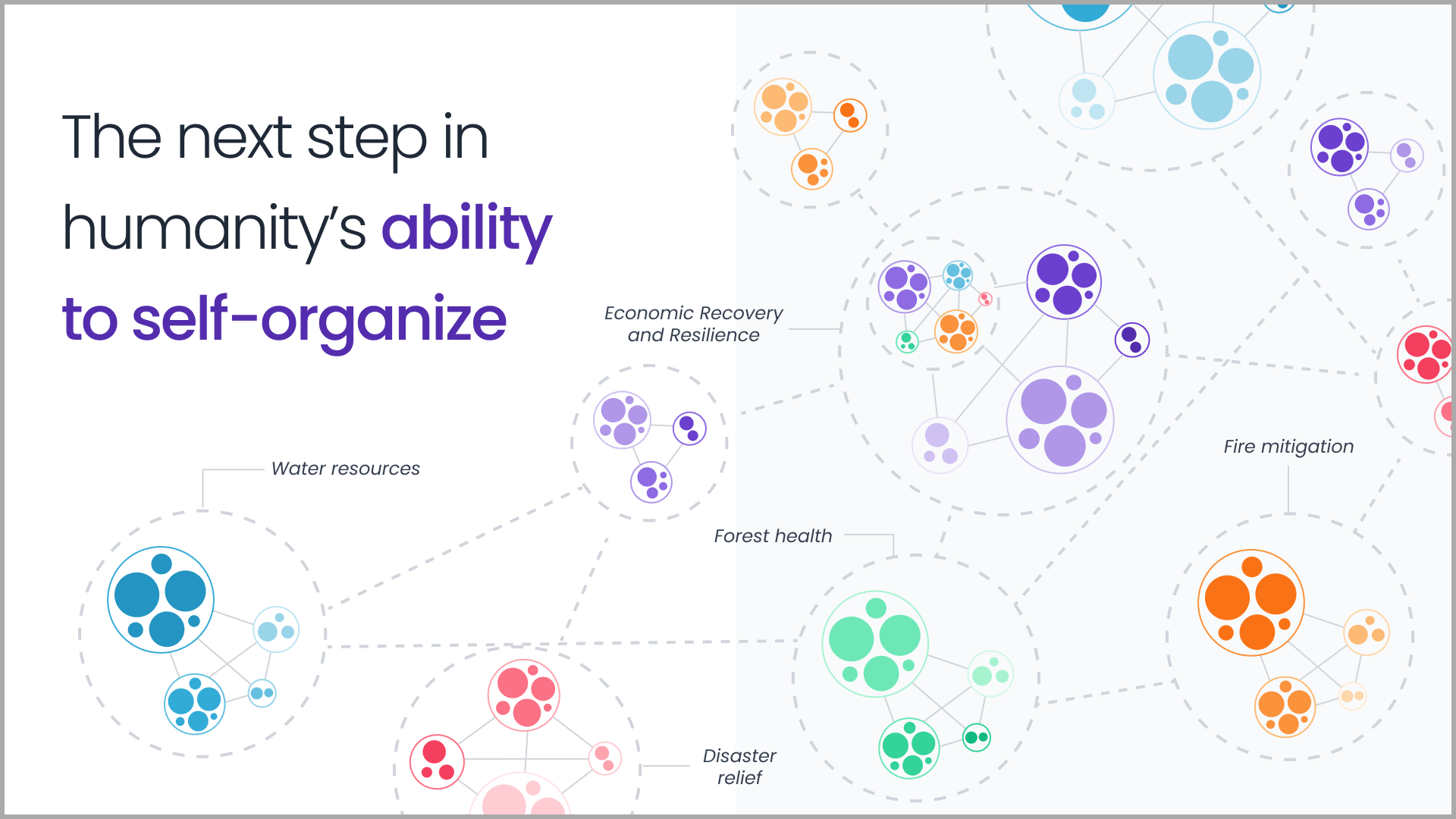
The Path Forward
The future of digital social spaces lies in understanding and implementing proper intimacy gradients. Socialroots offers a blueprint for this transformation, but we need your help to make it reality.
Take Action Now:
- Evaluate your current digital spaces: Are they supporting or hindering natural social relationships?
- Experience healthy digital architecture: Sign up for early Socialroots access for your network
- Share this vision: Help others understand the importance of intimacy gradients in digital spaces
Together, we can build digital spaces that enhance rather than disrupt our natural social connections. We'd love to hear from aligned partners curious to learn more and join us in creating crucial infrastructure to transform our social networks.
Further Reading:
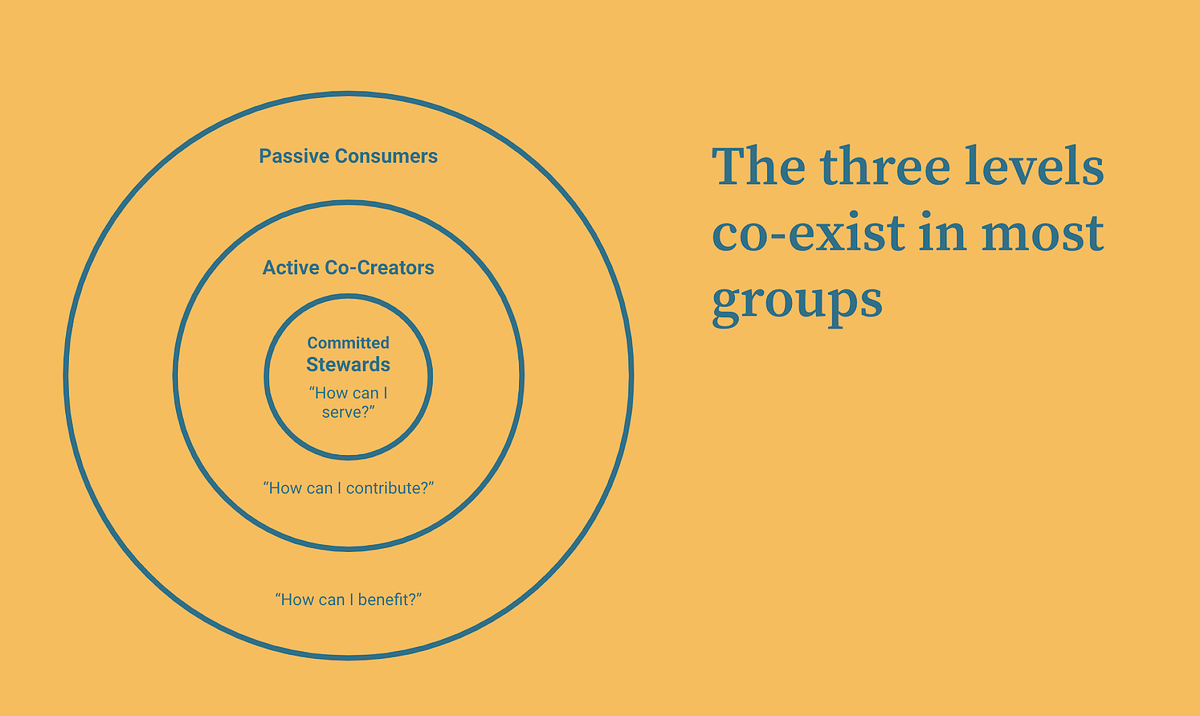
On why supporting active members is key to thriving communities - from Fabian Pfortmüller
ProSocial World and David Sloan Wilson's continuation of the Ostrum Commons paradigm.
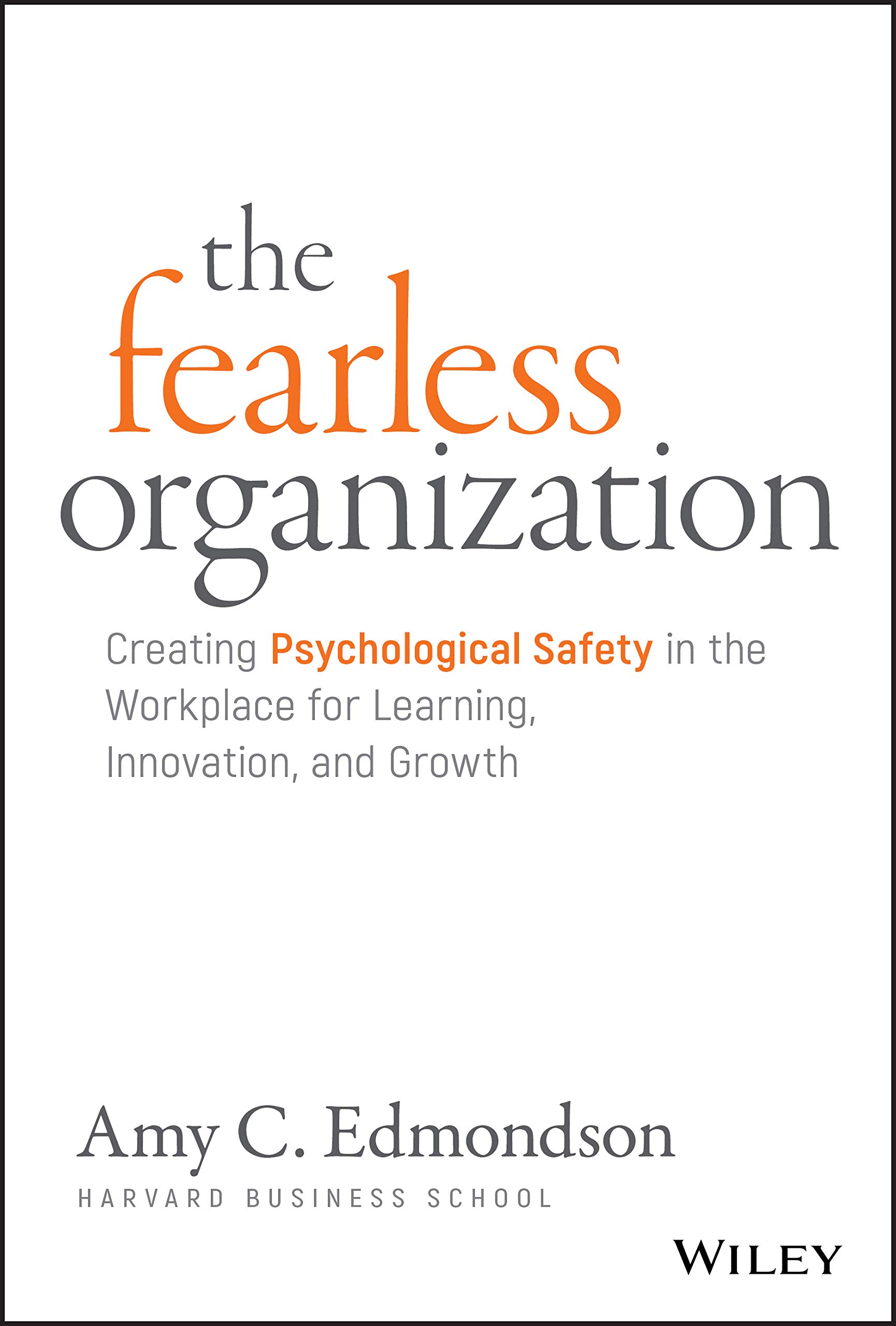
Amy Edmondson "The Fearless Organization"
Ready to experience what healthy digital social spaces feel like? Contact us for a demo or join our community of forward-thinking organizations already using Socialroots to build better digital futures.








